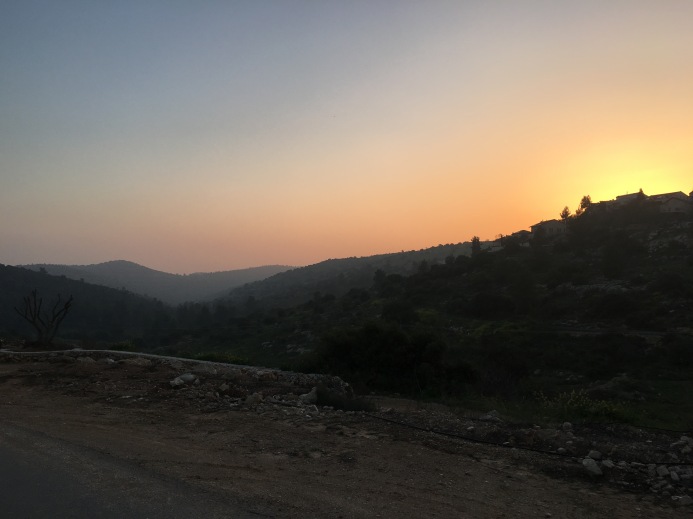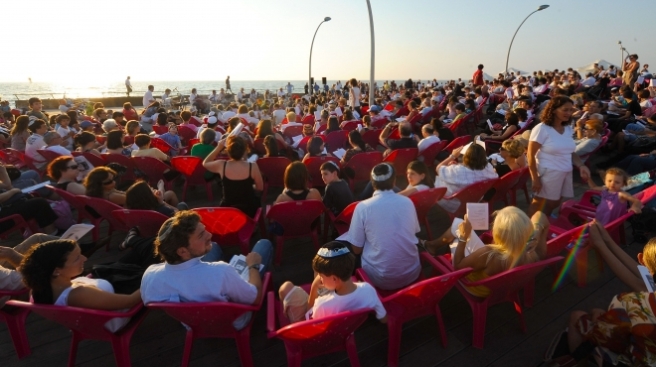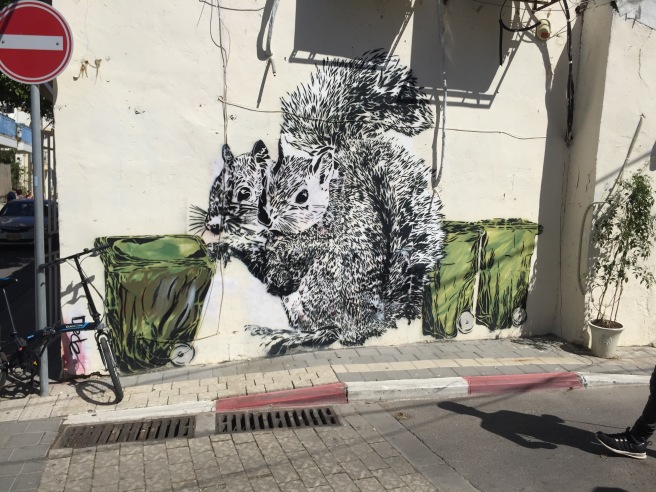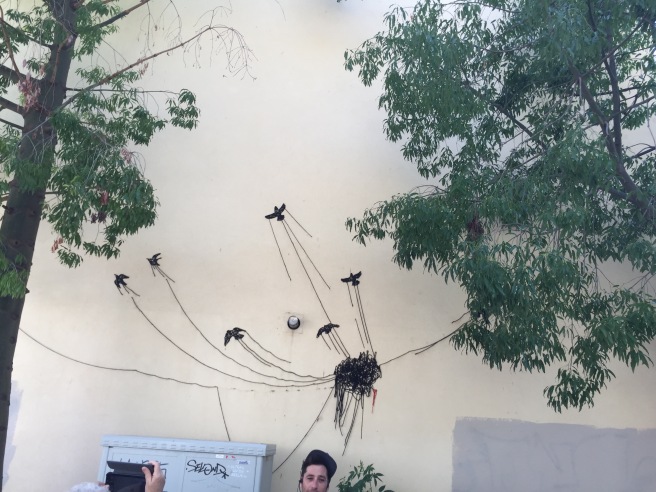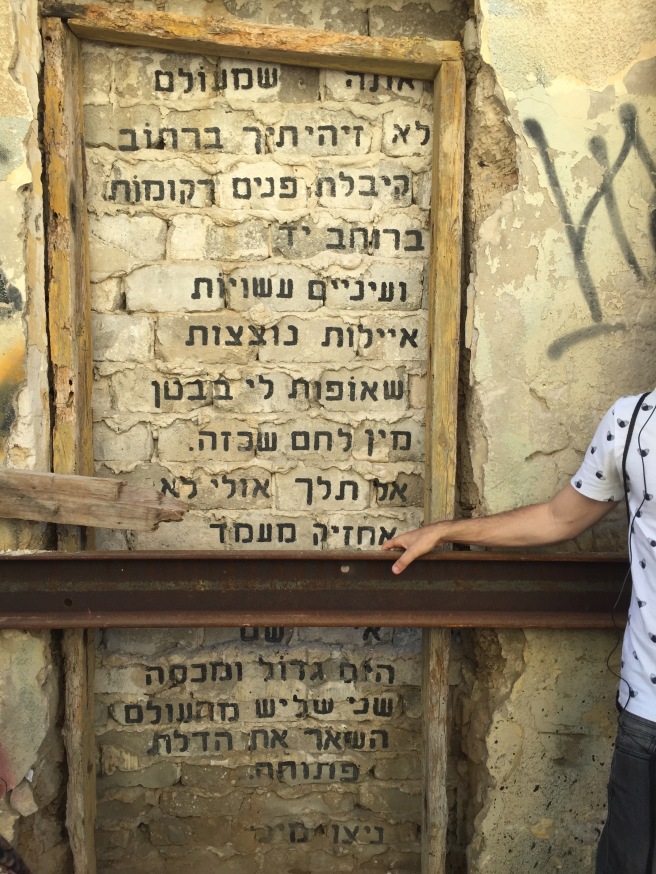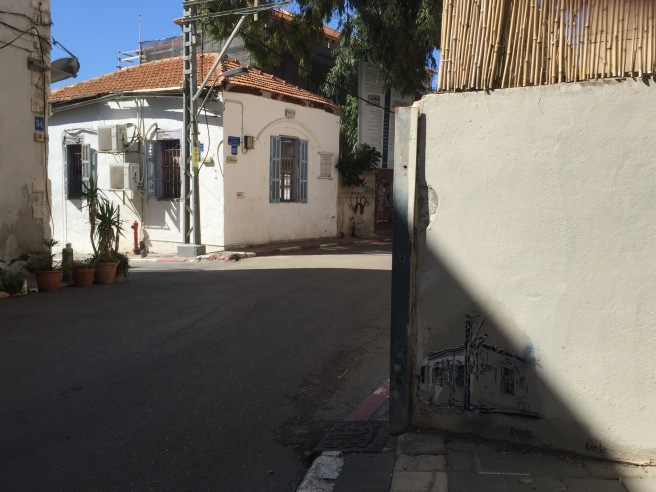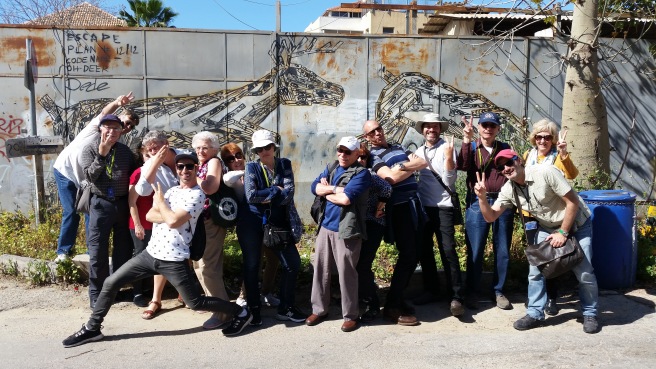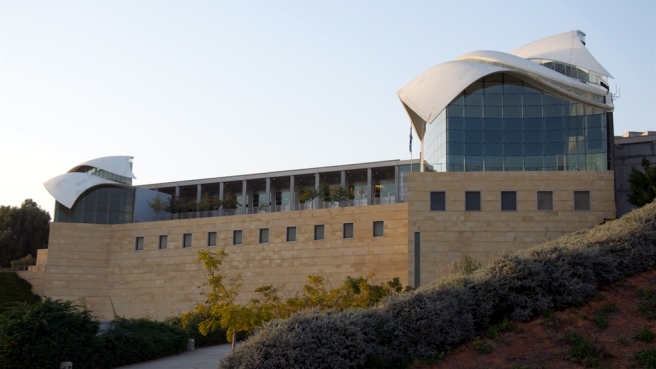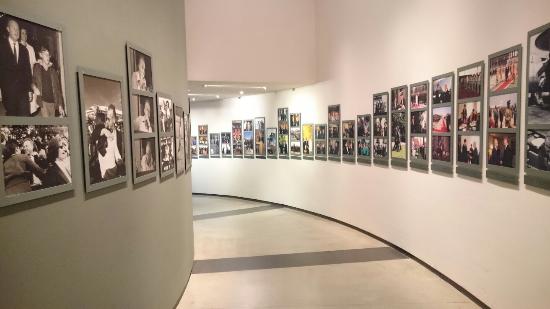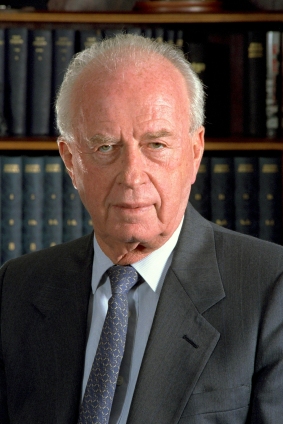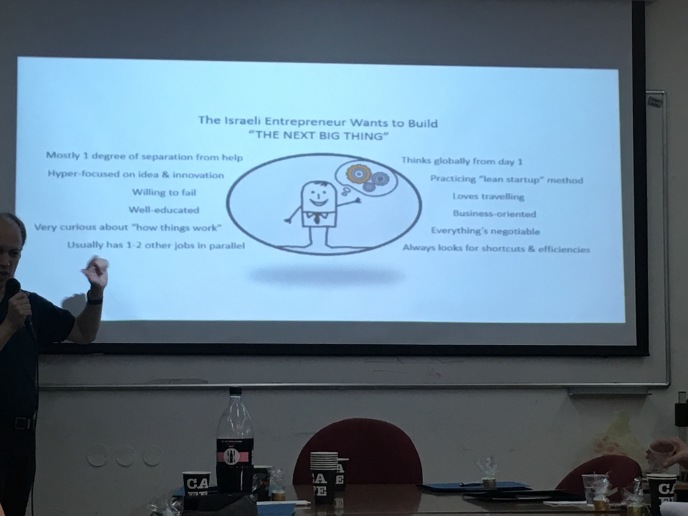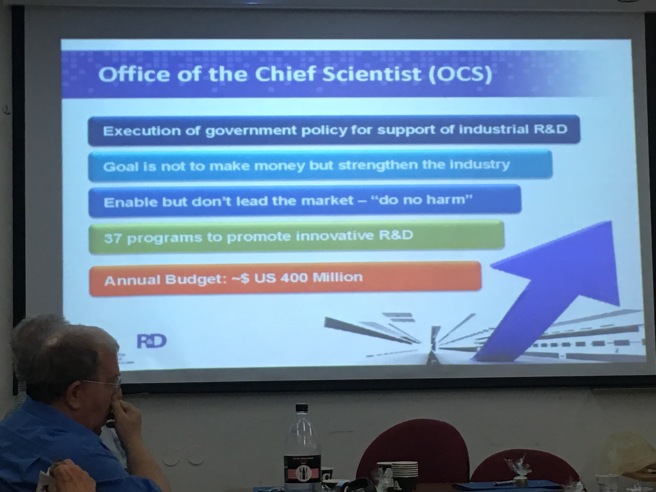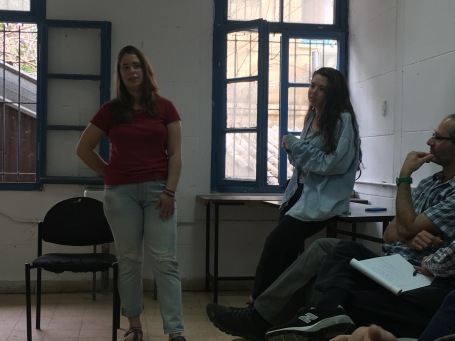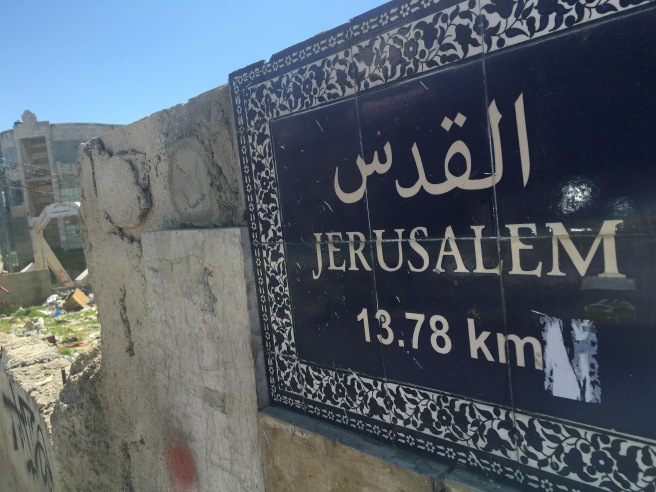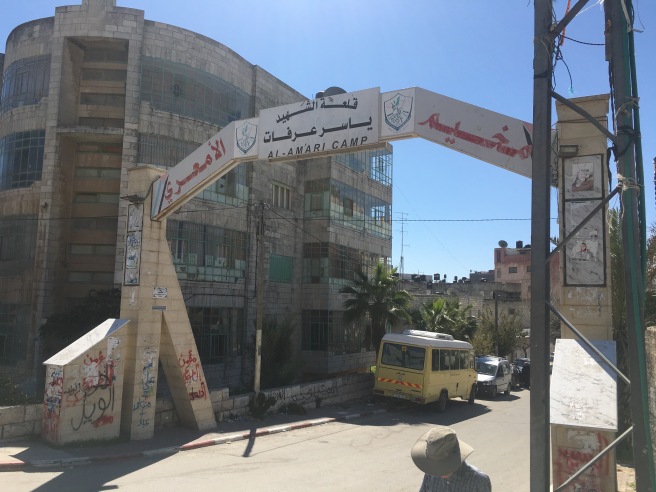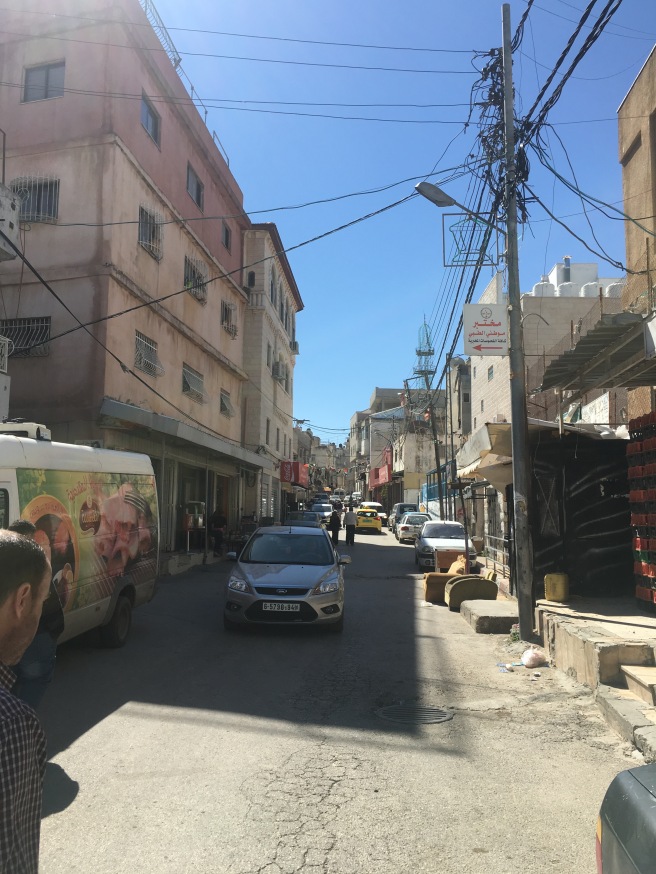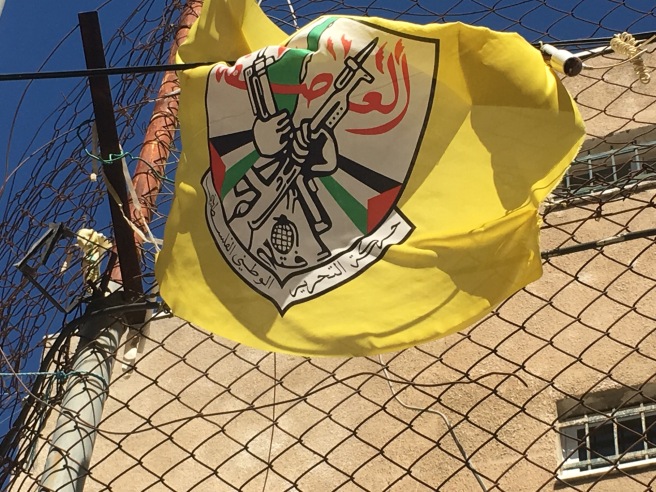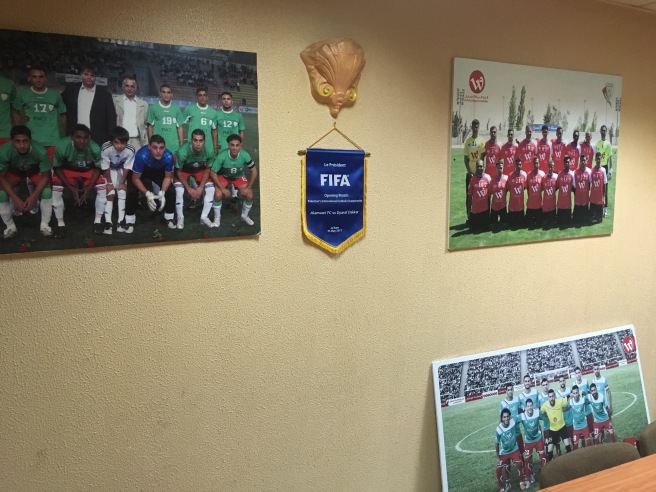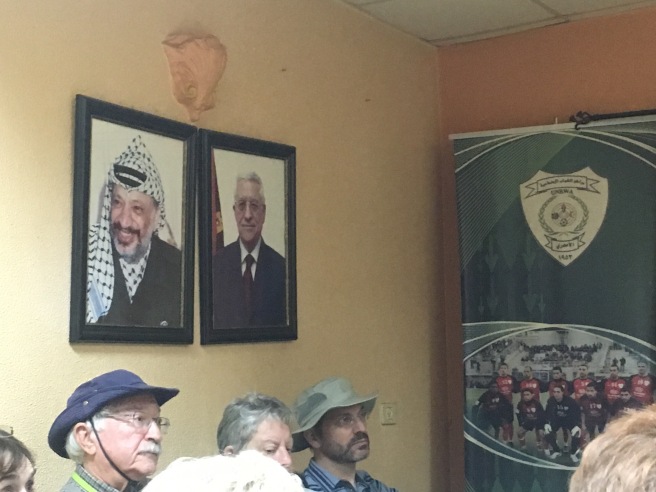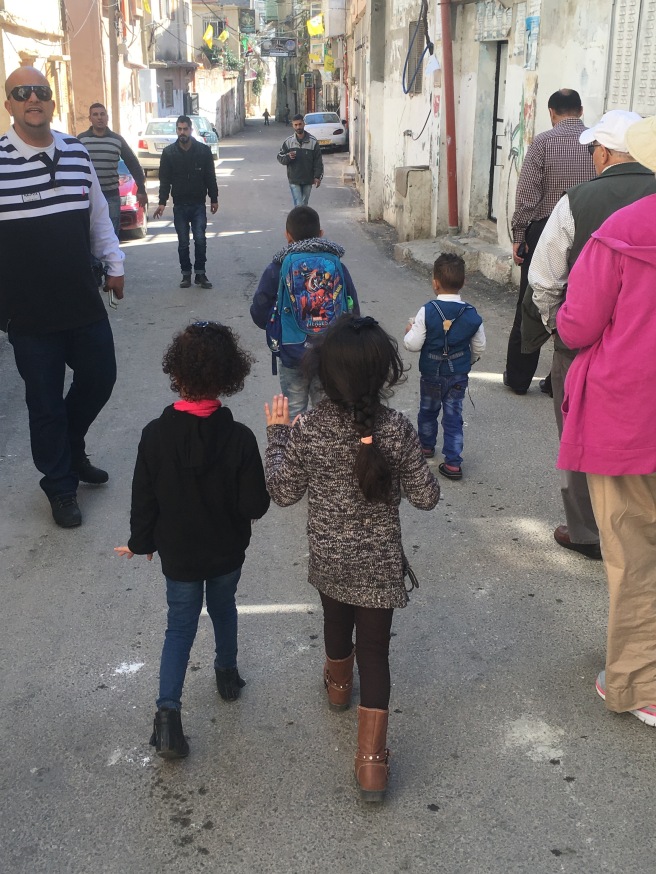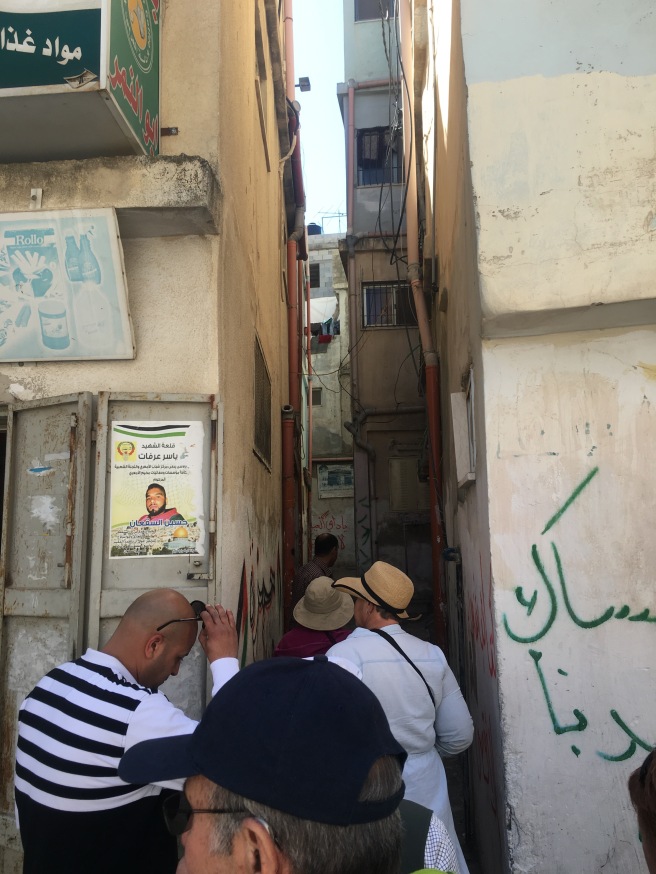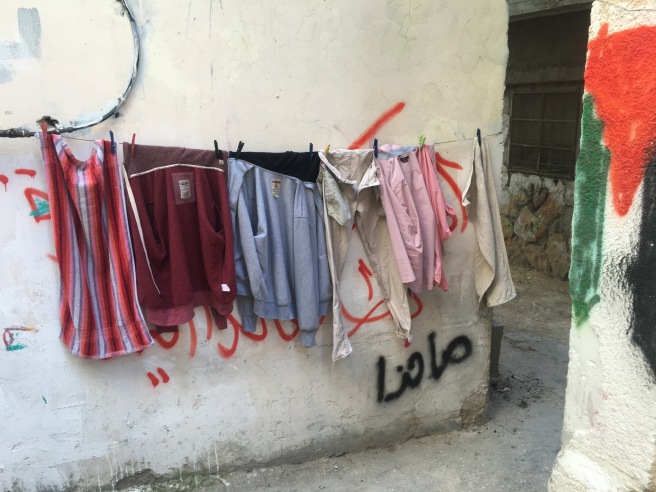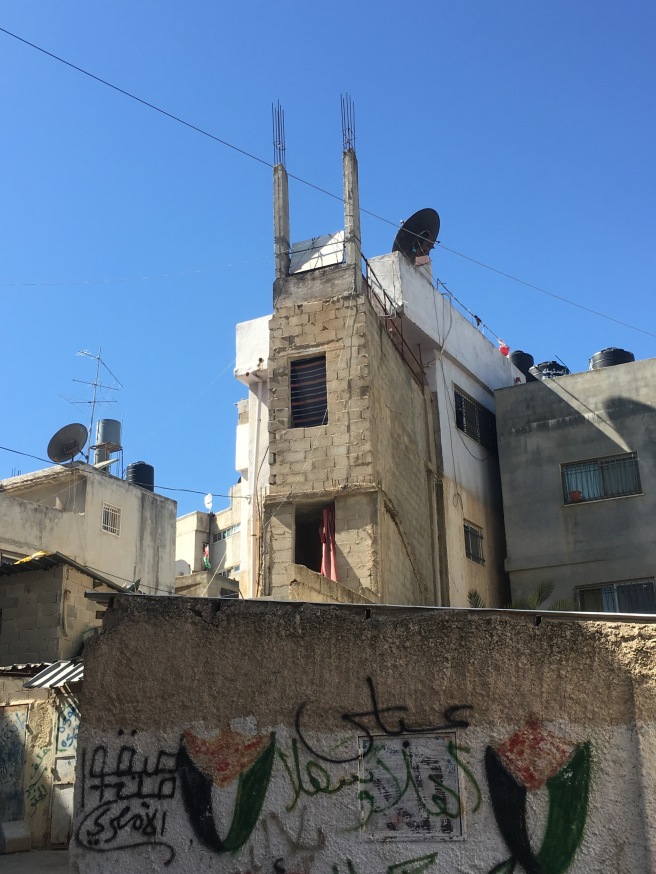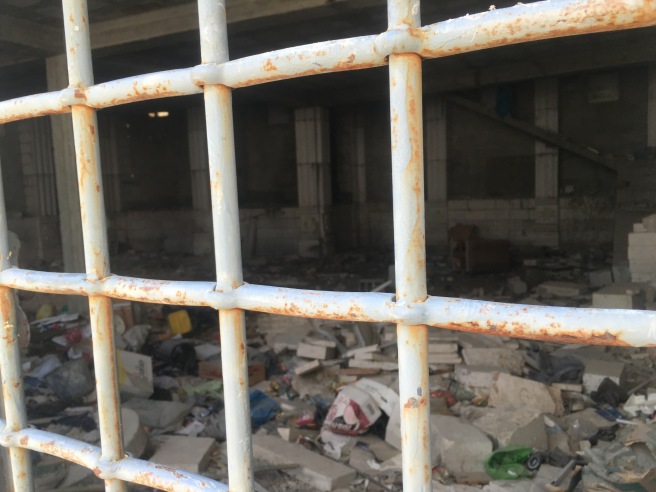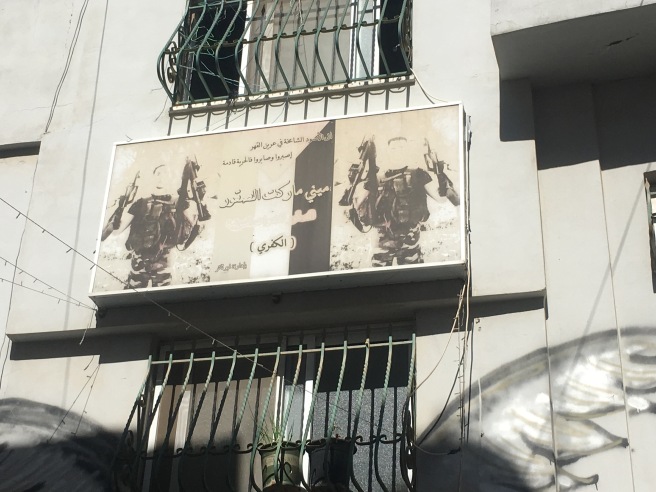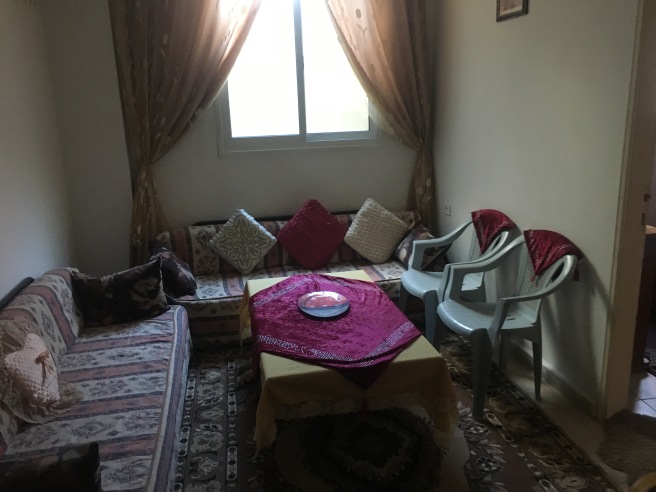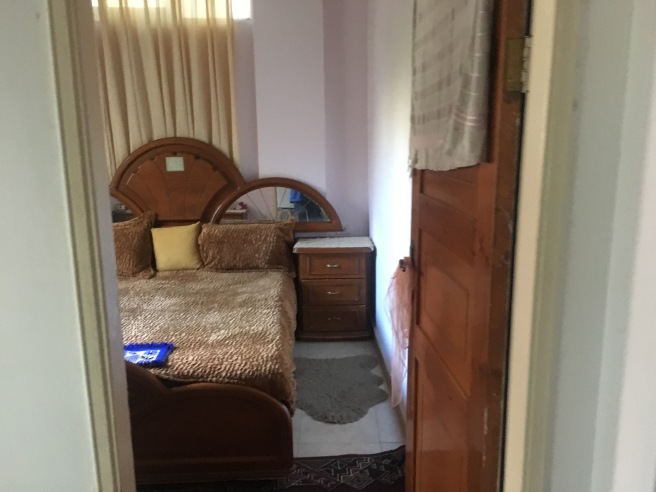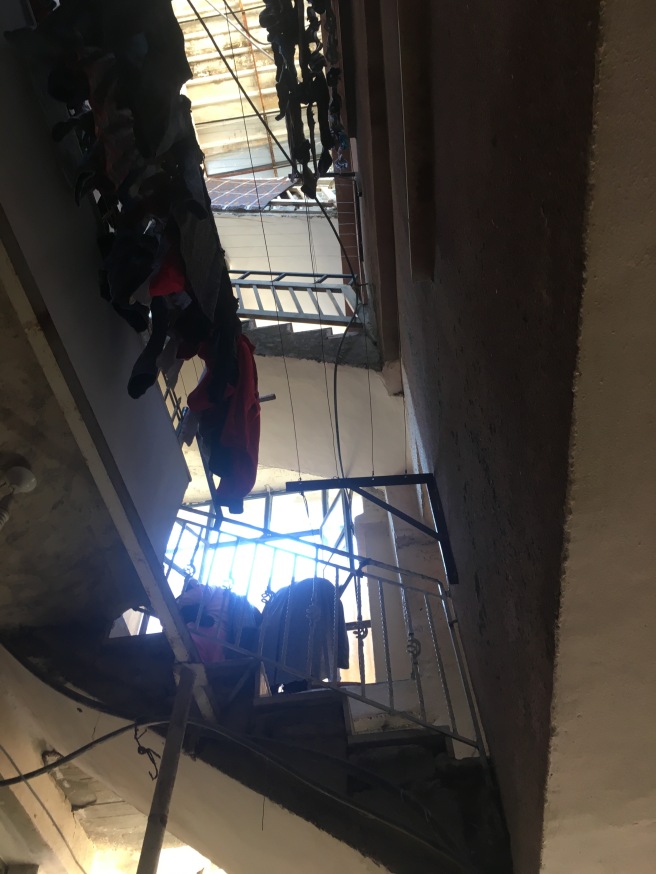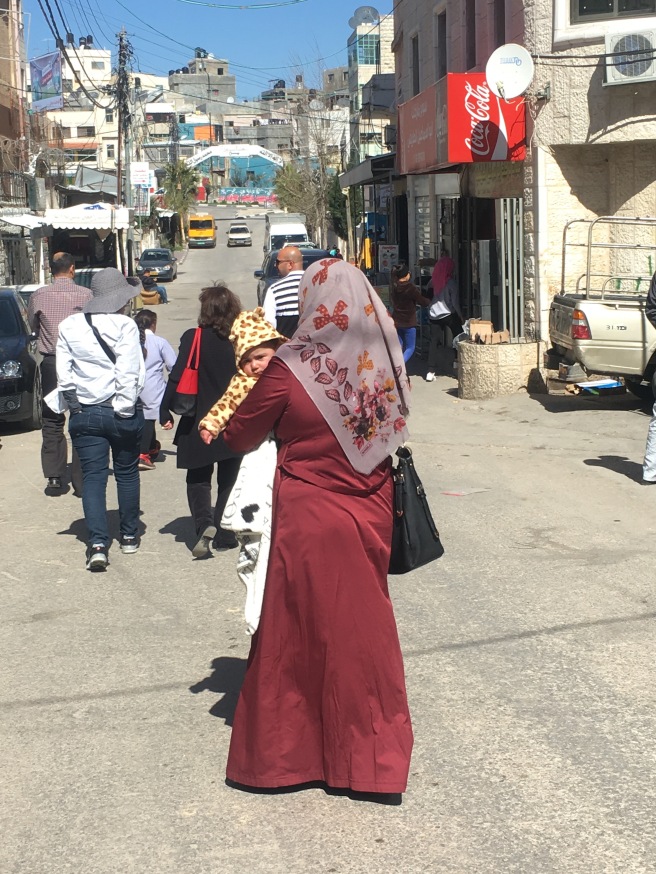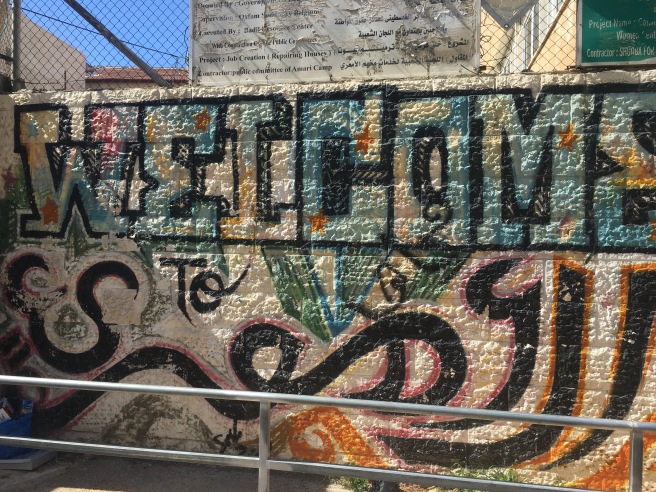Friday, March 11
Written by Rabbi Joel Nickerson
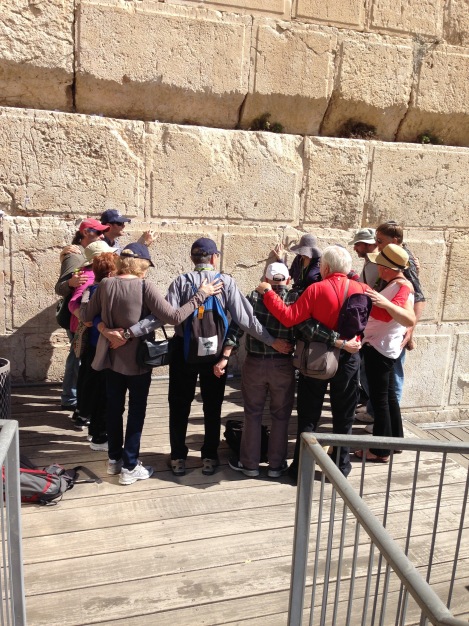
There’s a story from the Talmud which speaks to the core of our recent Israel trip, during which 15 of us from the synagogue travelled through Israel for a week and a half.
For three years, there was a disagreement between the followers of Shammai and the followers of Hillel, with Shammai claiming that the law was in accordance with their view while the House of Hillel contended that the law/halacha was in line with their view. One day, a bat kol, the voice of God, called out and announced “both arguments are the words of the living God but the halacha, the law, is in agreement with the House of Hillel.” The rabbis ask – what was it about Hillel’s argument that warranted it to be the correct view? They answer their own question by stating that it was because the house of Hillel was kind and modest, taught their own rulings as well as the rulings of Shammai, and always mentioned the rulings of Shammai before their own. (interpretation of Babylonian Talmud, Eruvin 13b)
This is one of the texts we studied at the Shalom Hartman Institute in Jerusalem and it sums up two of the most important teachings from the trip. First, there can be two positions presented which are both equally valid AND considered ‘words of the living God’. The voices and positions we were exposed to during our trip prove this to be true. The second important teaching from the Talmudic tale is that disagreement is inevitable, unavoidable, and valuable; but what is most important is your ability (and willingness) to recognize the validity of the other perspective. But the text goes even further – our tradition suggests that in order for your argument to rise above the opposition, you have to immerse yourself completely in the other perspective – you almost need to ‘own’ your opponent’s position as if it were your own, and only then does your argument gain credibility above and beyond your opposition.
I wish I could spend a few hours walking through each one of the incredible sessions and locations we visited during our trip, but you can go to the blog I created to read all the details. Instead, I’d like to focus on two issues which seemed to take center stage throughout our trip – 1) religious pluralism in Israel and 2) the Israeli/Palestinian conflict. The issues themselves are not surprising, but what was so valuable about this trip was the way in which we were able to gain exposure to the ‘other’ perspective – to wrestle with positions and perspectives that don’t come naturally to us as west coast liberal Jews. One session in particular, with Dr. Micah Goodman from the Hartman Institute, combined these two major issues into one fascinating proposal which I’d like to share with you now. Supposedly, Goodman has a book coming out next year and we were one of the first groups to hear him begin articulating his ideas out loud in a lecture environment. The book will be called ‘Catch 67’.
He began with some background:
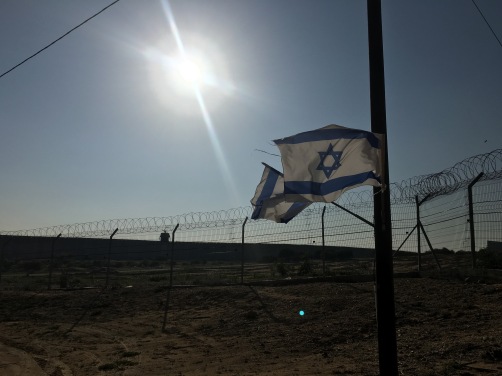
In 1946, the UN sent a commission to investigate if Arabs and Jews could govern themselves and as we know, the commission ended up recommending a partition plan with two states for two people. But that wasn’t the obvious recommendation at the start of the process. It turns out that Ben Gurion was worried about what the UN would propose and he also knew that the UN would interview Haredi (ultra-Orthodox) Jews who lived there because they’d always been on the land – he knew they would say that Jews couldn’t govern themselves because that was against their understanding of our religion. So Ben Gurion had a meeting with the Haredim. He told them, “when the UN comes to interview you, tell them we can govern ourselves.” They agreed, but on one condition – they would control the religion of the new state. Ben Gurion knew it was a bad idea, but he said yes. As a result, Israel was founded on a great compromise. We gained a state of our own, but it was not the state our founding fathers had in mind.
And then in 1967, the Six Day War broke out and Jordan started a war with Israel on the eastern front. This ultimately led to the West Bank falling under our control and since it was won in battle, based on Jordan’s aggression, there technically was no need to return it. Israel did, however, offer it back to Jordan in order to achieve peace, but the offer was refused. That area is now referred to as the West Bank.
As Goodman puts it, that land is not occupied and yet the Palestinians are occupied – it’s disputed territory, according to the Supreme Court. We didn’t gain the land illegitimately (it was won in war), and at the same time, the people are occupied because they can’t vote and they don’t have equal rights in Israel. 70% of Israelis think that if we continue to occupy the Palestinians, it threatens the Jewish state. Therefore, we need to leave the West Bank. But at the same time, if we leave the West Bank, chaos may enter the Territories and before we know it, we’ll find ISIS on our border. And for that reason, we must stay in the West Bank. So what’s the solution? It’s pretty obvious – we must leave and we must stay.
Goodman called this scenario a “Catch 67”. The two issues – the role of the ultra-Orthodox in the government and the occupation of the West Bank are linked. As of now, any coalition government in Israel needs to include the Haredim and so they get a say in maintaining religious control over the state, even though they represent only 12% of the population. For those of us who are not ultra-Orthodox, Goodman believes that we’ve been willing to trade in our version of Judaism in Israel in order to solve the conflict with the Palestinians. And yet, we haven’t solved the conflict with the Palestinians yet AND the Haredim aren’t willing to compromise on the Jewish nature of state.
But things changed in the summer of 2011. That’s when tent cities popped up all over Israel, as Israelis hundreds of thousands of Israelis calling out in social protest. And it wasn’t about the Occupation – it was about the rising prices of real estate and cottage cheese. For over 40 years, the conflict owned the political passion in Israel – thousands would show up for protests about the occupation while no one would show up for protests about social issues. The conflict held all other issues hostage.
Finally, in 2011, Israelis started to deal with issues that weren’t about the conflict. Israelis had thought they would deal with all those social issues once the conflict was resolved, but the irony was that they started to deal with the social issues once they realized that the conflict would never end.
Most people want to see a quick end to the conflict. For those on the Left, they believe that if a solution isn’t reached soon, more and more settlements will be built in the West Bank. And those on the Right want to keep building settlements because they want to stop a deal before it happens.
So here’s Goodman’s plan – let’s freeze settlement building for 5-10 years and at the same time, freeze peace initiatives for 5-10 years. During that period, the Israeli/Palestinian conflict is off the table. The Left doesn’t need to worry about new settlements being built and the Right doesn’t have to worry about finalizing a peace settlement. And during this period of time, we can focus on Israel’s internal challenges, namely, the role of the Ultra-Orthodox in decision-making. We could leverage this time to focus on the central issue of synagogue and state and we could create a more free-market society. Not economically, but Jewishly. Free-market Judaism – where people have choice and opportunity to express and engage in Judaism in the ways they should – openly and freely. As we know, free markets create better products.
To heal Judaism in Israel should be our first priority. We’ve been obsessed with solving the conflict and because of that obsession, we have neglected the challenge of solving the internal challenges of our Jewish state. And by the way, we still haven’t solved the conflict! We need to delay seeking a resolution to the conflict in order to deal with the Jewishness of our state. As of now, in order to end the Occupation, we need to build a coalition that includes the Haredim. And when you build a government that includes the Haredim, they control Judaism in Israel.
We have to make a big sacrifice, according to Goodman. We need to delay resolving the conflict in order to save the Jewish identity of our state. It’s a significant sacrifice and compromise, but it’s one that the Jews of the Diaspora need to be willing to support. It may be hard for us to accept that peace may not come in our time, but if we come to that realization, we can take advantage of the opportunity to fix the Jewish nature of the State of Israel and therefore, make sure we make it a State for ALL Jews – a place our children and grandchildren will want to visit and support – a place where they would be considered full-fledged Jews and embraced as such. Because the assumption that peace is around the corner is giving the Ultra-Orthodox the power over Judaism in Israel.
It’s a bold and idealistic plan, and yet, I think it’s one upon which we should spend some time reflecting. As the Talmud teaches us, disagreements and arguments can be sacred tasks. The fifteen of us who went to Israel on this trip engaged in ongoing sacred arguments, dealing with some of the most challenging and troubling disagreements facing the Jewish people today. And now that we are back home, we hope to continue the discussion, because the state of Israel is also our home and we have an obligation to actively engage in her struggles.
